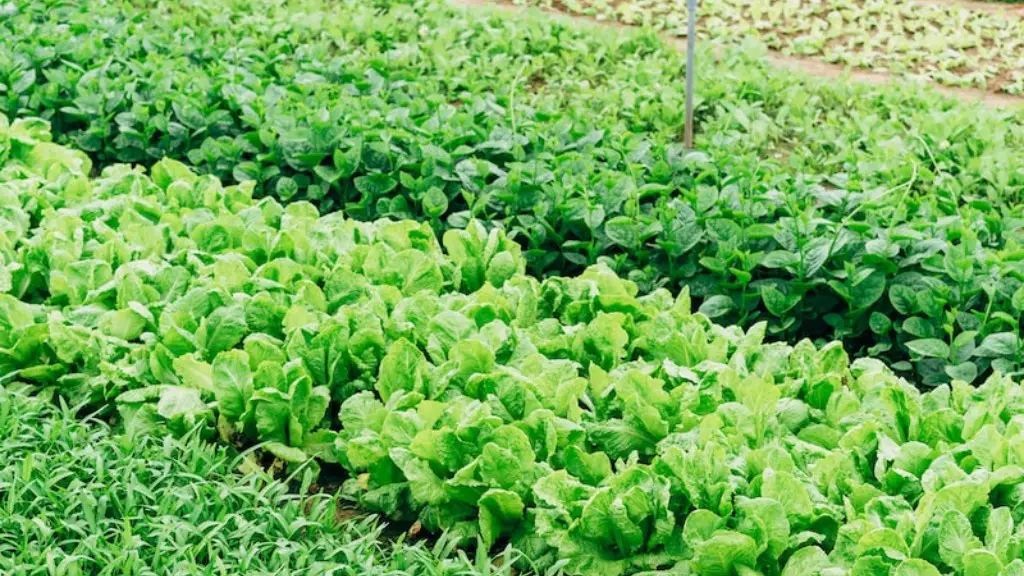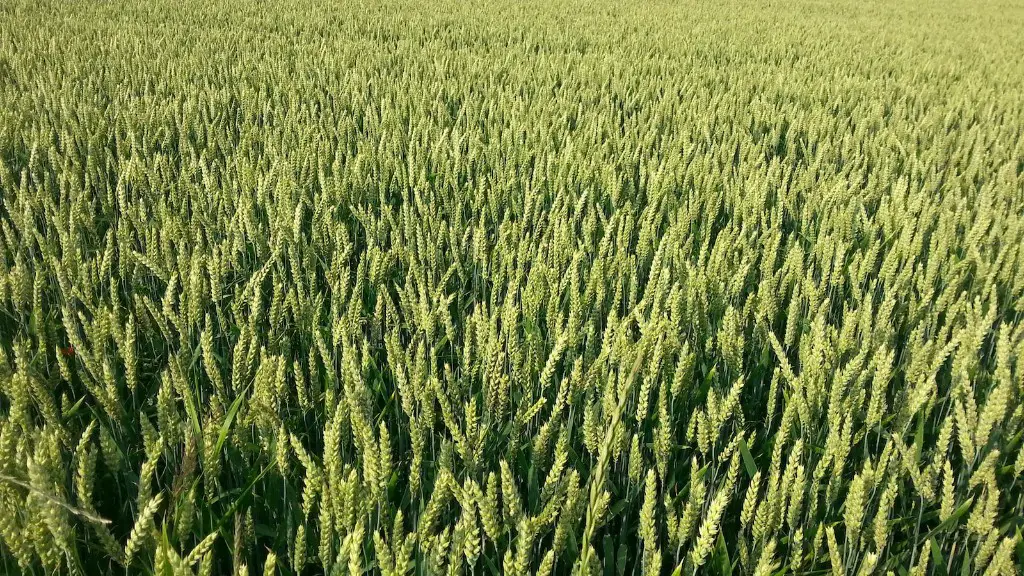Input subsidies, also known as direct support, are payments made by governments to individual farmers to encourage and facilitate agricultural production. They are commonly used to reduce the risk of farming, provide financial assistance in times of high input costs, compensate farmers for income losses and enable access to new technologies and farming practices. Input subsidies can affect the amount of output a farmer can produce, improving food security and providing a more stable economic environment for farmers. This article looks at the various forms of input subsidies and their impact on the agricultural sector.
Input subsidies can be divided into two categories – production or market based. Production-based subsidies are typically given to farmers before harvesting to encourage the production of a certain crop or livestock. Market-based subsidies are generally used to stabilise the market, often decreasing the price of inputs to incentivise farmers to grow a certain crop. An example of a production subsidy is providing fertilizer at a reduced cost or paying for machinery and labor costs.
Input subsidies can have both positive and negative effects on farmers, depending on their use. In general, the main purpose of these subsidies is to help farmers increase their yields and reduce their production costs. This can have a positive effect on the farmer’s income, particularly when input costs are high. Input subsidies can also encourage the adoption of technologies and methods of farming that can improve yields, such as improved seeds, improved irrigation and mechanization.
On the other hand, input subsidies can have negative effects if they are used in a way that leads to overproduction. This can happen if farmers are rewarded for producing a certain amount of output regardless of market demand, leading to an oversupply and subsequent market crash. To avoid this, governments must put in place strict regulations that limit the amount of subsidies a farmer can receive.
Input subsidies can be an important tool for improving agricultural productivity and supporting farming livelihoods. Governments need to ensure that these subsidies are targeted and used effectively, to maximize the benefits for both farmers and consumers.
The Impacts of Input Subsidies
Input subsidies can have an important impact on farm incomes as well as the structure of agricultural production. For example, if fertilizer subsidies are provided they can encourage farmers to use more fertilizer, resulting in higher yields and increased income. This can also have the effect of reducing the amount of labor used, as the yields per acre are higher, leaving fewer people to work in the fields.
Input subsidies can also have an impact on the overall structure of production, as farmers are incentivised to produce certain crops and livestock. This can lead to an alteration in the diet of the population as farmers are encouraged to shift away from subsistence farming and towards more market-oriented production. This shift can have large-scale impacts on the local economy, as farmers increasingly depend on markets for the sale of their produce.
Input subsidies can also encourage farmers to adopt new technologies and farming practices, particularly when the subsidies are linked to their use. As a result, this can lead to increased yields, as well as greater access to higher quality inputs, such as seeds, fertilizers and other farm inputs.
Furthermore, input subsidies can reduce the risk of farming. By providing inputs at reduced cost, farmers are able to reduce their cost of production and make more informed decisions about their production levels. This reduces the risks associated with farming, as farmers are able to enter into production more easily and gain more control over their income.
The Advantages and Disadvantages of Input Subsidies
The advantages of input subsidies are clear, with farmers able to benefit from more reliable incomes, more stable markets and improved production methods. This can result in more consistent yields and higher incomes, allowing farmers to become more self-sufficient and food secure.
However, input subsidies can also have some drawbacks. If they are used in a way that increases overproduction, then this can lead to market crashes and reduced profitability for farmers. Furthermore, if subsidies are used to induce increased production, then the additional output can reduce market prices and further decrease the profitability of production.
Input subsidies can also have a negative impact on the environment. If farmers are solely incentivised to produce certain crops, then this can lead to a reduced variety of crops being grown, reducing the diversity of the local natural environment and increasing the risk of crop failure due to pest infestations.
In addition, subsidies can lead to increased inequality in the farming sector. Large landowners often receive the lion’s share of subsidies, while poorer, smaller farmers are excluded. This increases the concentration of wealth in the farming sector and further perpetuates societal inequality.
The Benefits of Targeted Input Subsidies
It is important for governments to ensure that input subsidies are targeted and used for the purpose for which they are intended. Targeted subsidies can be used to incentivise the adoption of new technologies, encourage the production of certain crops and reduce risks for farmers. This can result in increased yields, improved yields per unit of land, increased food security and improved livelihoods.
Subsidies can also have a positive impact on the environment. Targeted subsidies can encourage the adoption of sustainable farming methods, such as reduced tillage, water conservation and integrated pest management. This can reduce the pressure on natural resources and limit land degradation.
However, it is important that governments take into account the potential drawbacks of input subsidies, such as those outlined above, when deciding how they should be used. There should be clear rules and regulations in place to ensure that subsidies are used in a way that is beneficial for both farmers and the wider society.
Guidelines for Input Subsidy Programs
Governments should use an integrated approach when designing input subsidy programs. This should involve research into the local farming systems and markets, consultations with all stakeholders and an assessment of risks, benefits and alternatives. This will ensure that the subsidies are used in a way that benefits farmers and the wider society.
In addition, governments must put in place strong regulations for input subsidies. This should include limits on the amount of subsidies that a farmer can receive, mechanisms to evaluate the impacts of the subsidies and rules to ensure that subsidies are used in a transparent way.
Finally, governments should consider the broader context in which they are providing input subsidies, such as the local market structure, agricultural policies and other incentive schemes. These should be taken into account when designing the program to ensure that it is effective and beneficial.
Conclusion
Input subsidies are an important tool for improving agricultural productivity and providing financial support to farmers. They can enable farmers to take advantage of new technologies, reduce their risks and optimise their production yields. However, it is important for governments to ensure that these subsidies are targeted and used effectively, as otherwise they can lead to overproduction and market crashes, negative environmental impacts and increased inequality.





